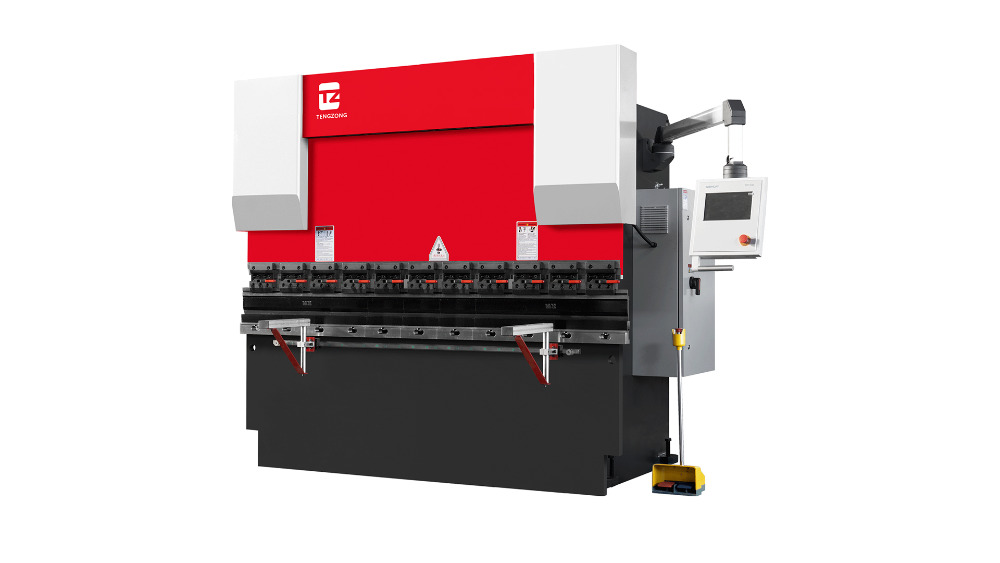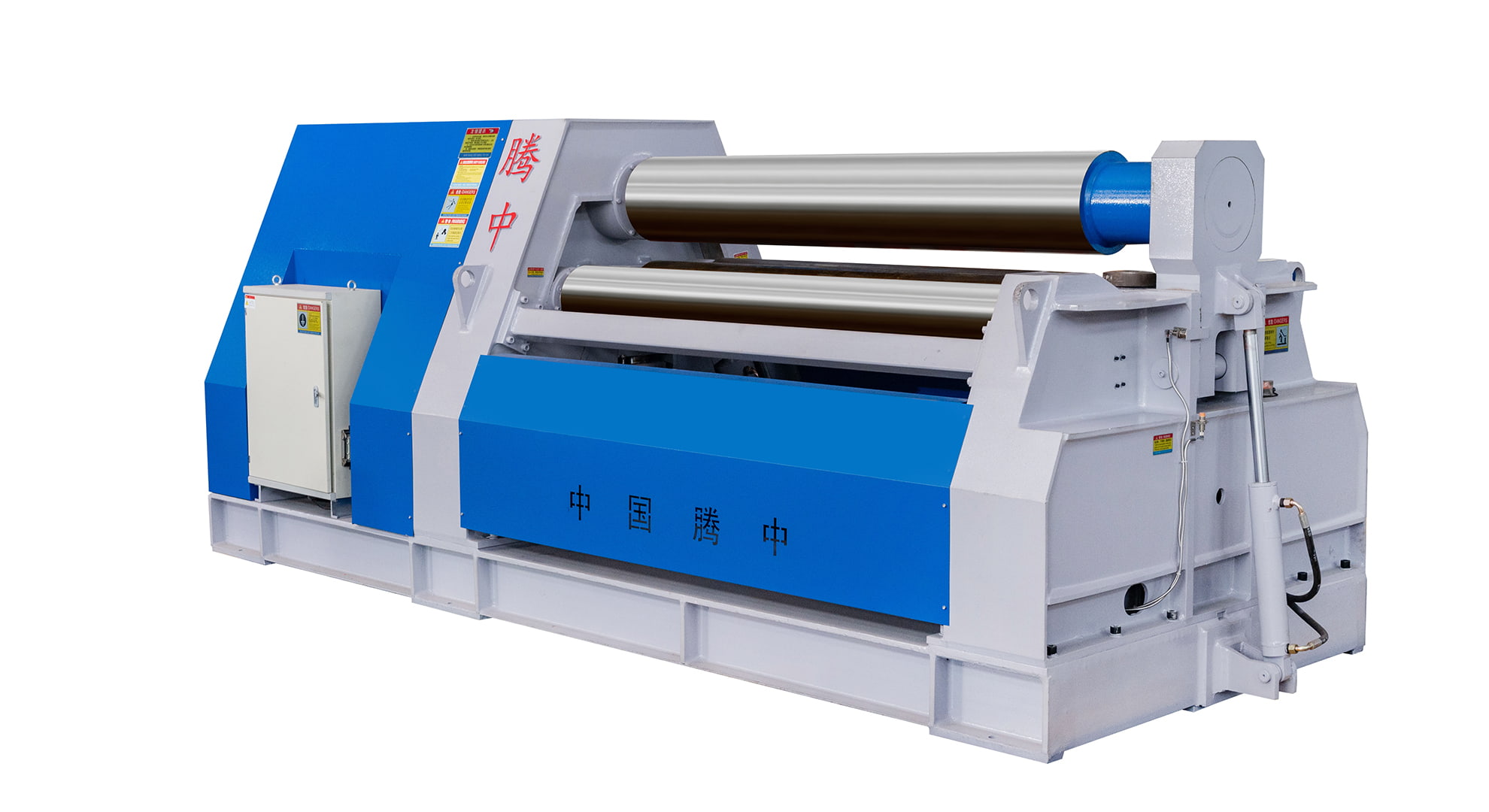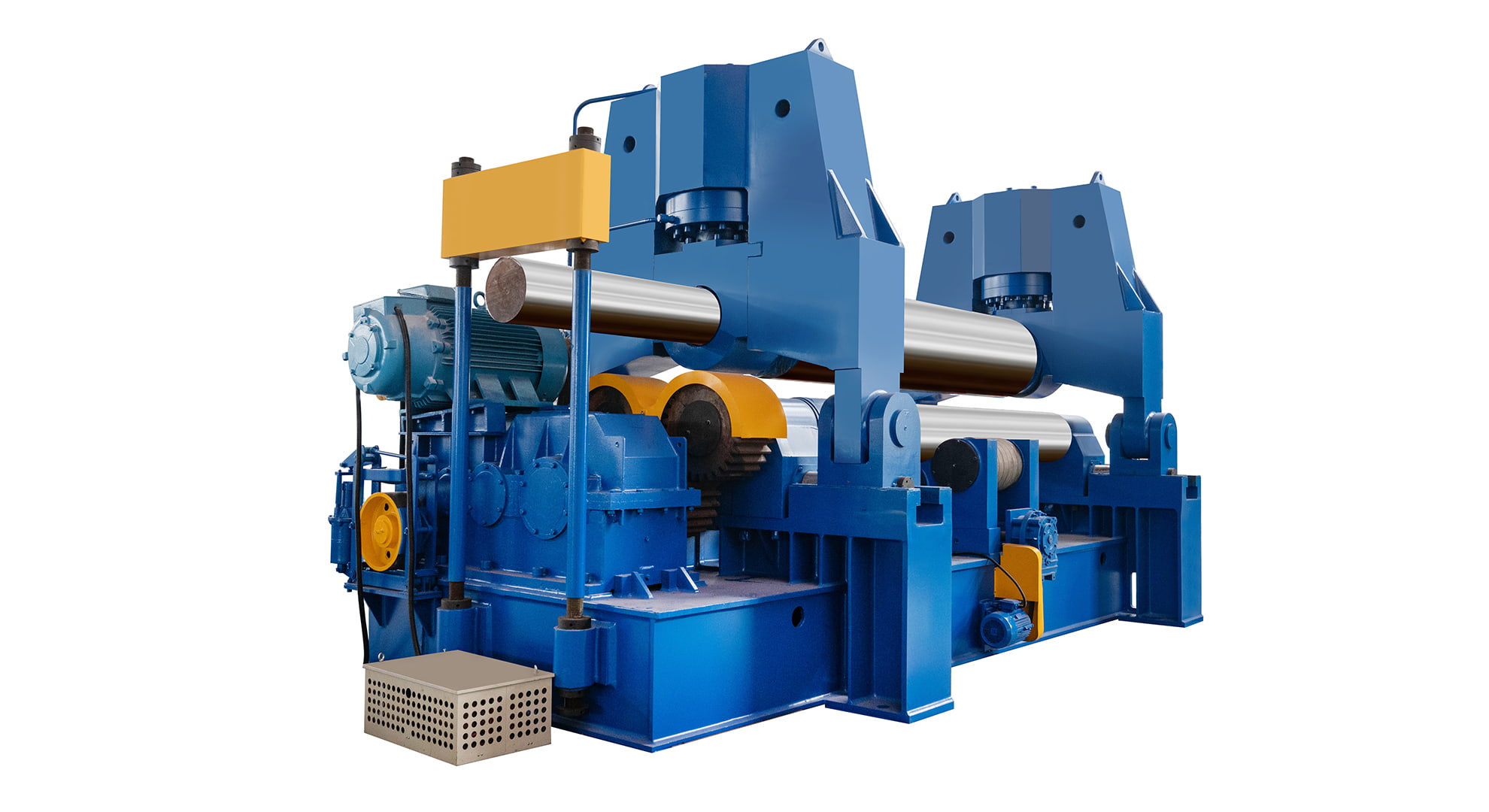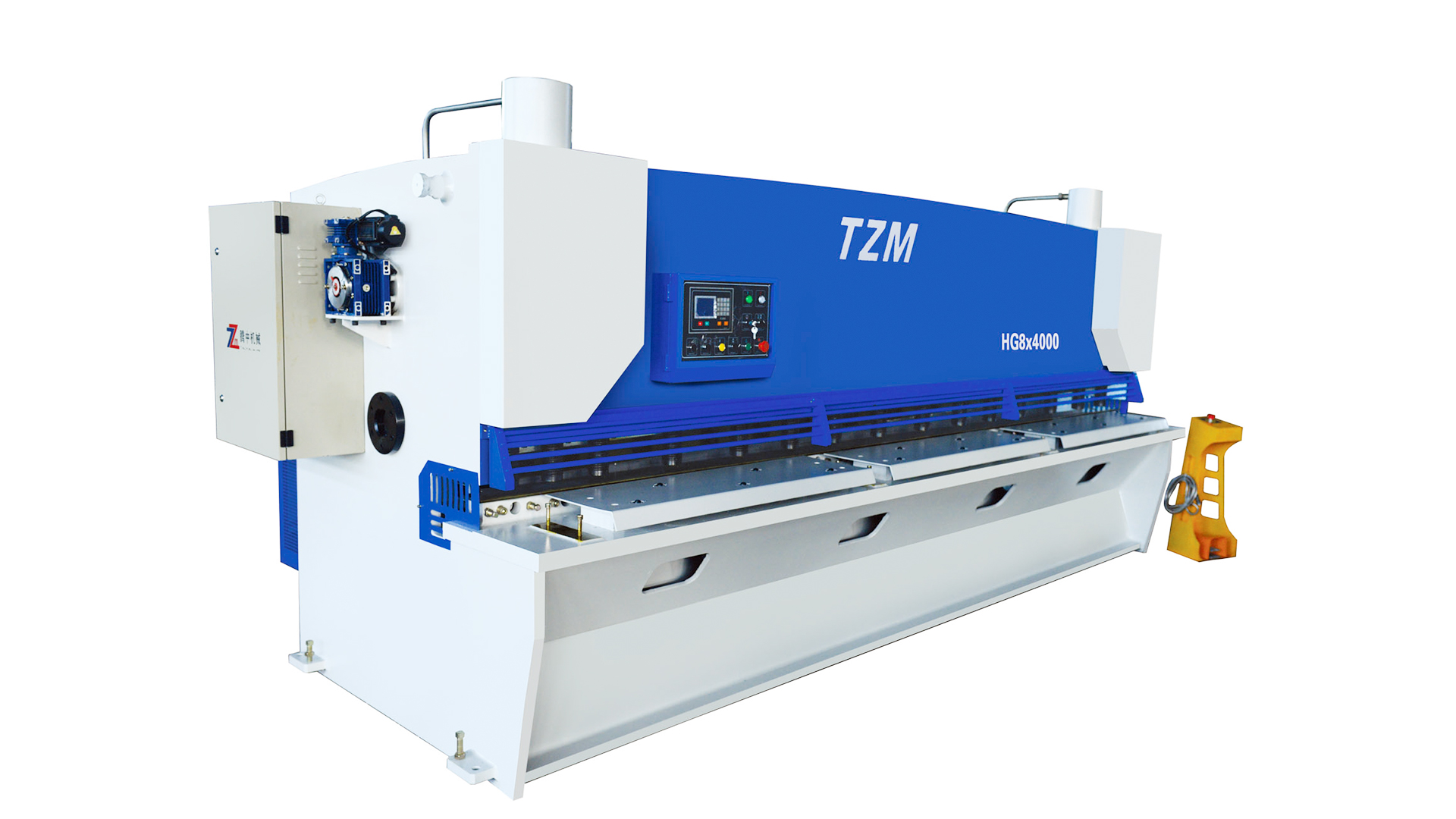What is the Difference Between Hydraulic and Mechanical NC Press Brake?
2025-11-07
NC Press Brake is indispensable machines in metal fabrication, providing precise bending and shaping of sheet metal. They come in various types, with hydraulic and mechanical NC Press Brakes being the two most common. Understanding the differences between these two types is crucial for manufacturers, engineers, and operators who aim to optimize efficiency, quality, and safety in their operations.
1. Basic Operating Principles
The main difference between hydraulic and mechanical NC Press Brakes lies in their operating mechanism.
Mechanical NC Press Brakes use a motor-driven flywheel to generate bending force. The energy stored in the flywheel is transferred mechanically to the ram (or punch) through a system of gears, levers, and a crankshaft. The bending stroke is controlled by the mechanical linkages, and adjustments are often made manually or through NC (numerical control) settings.
Hydraulic NC Press Brakes, in contrast, use hydraulic cylinders to generate force. A hydraulic pump pushes fluid into the cylinders, moving the ram downward to bend the material. The ram speed, pressure, and stroke can be finely controlled using the hydraulic system and the numerical control interface, allowing for more flexible and precise bending.
2. Force Generation and Capacity
Mechanical NC Press Brakes rely on the momentum stored in the flywheel. This design typically allows for high-speed bending, but the bending force is relatively fixed for a given machine configuration. If a different force is required, mechanical adjustments or different machines may be necessary.
Hydraulic NC Press Brakes provide adjustable force because the hydraulic pressure can be changed depending on the material and bending requirements. This makes them more versatile for handling a wide range of material thicknesses and types, including high-strength steel and aluminum. The hydraulic system allows for consistent force throughout the stroke, which often results in more uniform bends.
3. Precision and Flexibility
One of the key advantages of hydraulic NC Press Brakes is their precision. Hydraulic systems can control ram position, speed, and force very accurately, which is critical for complex bends and high-volume production. Many hydraulic NC Press Brakes feature back-gauge systems and programmable sequences that enhance repeatability and reduce errors.
Mechanical NC Press Brakes are less flexible in this regard. While they can achieve high-speed bends, their stroke and ram movement are determined by mechanical linkages, which may introduce slight variations in bending angles over time or across different batches. Mechanical NC Press Brakes often require careful calibration to maintain consistent results.
4. Speed and Production Rate
Mechanical NC Press Brakes are known for their high-speed operation, especially in air-bending applications. The flywheel mechanism allows for rapid ram movement, making these machines ideal for large-scale production where speed is more critical than adjustable force.
Hydraulic NC Press Brakes, while generally slower than mechanical ones due to the nature of hydraulic fluid movement, offer superior control and safety. Modern hydraulic systems can still achieve competitive speeds, especially when equipped with advanced servo valves and high-performance pumps.
5. Maintenance Requirements
Maintenance is an important factor when choosing between hydraulic and mechanical NC Press Brakes.
Mechanical NC Press Brakes require regular lubrication of gears, bearings, and linkages. Worn mechanical components can lead to reduced accuracy and uneven bending. Mechanical machines may also be more sensitive to alignment issues and require periodic inspection of the flywheel and drive system.
Hydraulic NC Press Brakes require maintenance of the hydraulic system, including checking fluid levels, replacing hydraulic oil periodically, and inspecting hoses, seals, and cylinders for leaks. While hydraulic systems can be more complex, they generally experience less wear on mechanical components because fewer gears and linkages are involved.

6. Safety Considerations
Safety is a significant concern in press brake operation.
Mechanical NC Press Brakes tend to have a fixed stroke speed, which can pose a higher risk if operators are not attentive. Safety devices such as light curtains and foot pedals are commonly used to reduce risk.
Hydraulic NC Press Brakes often include advanced safety features such as controlled deceleration, pressure monitoring, and programmable stops, reducing the risk of accidents. The ability to control ram speed and pressure makes hydraulic machines generally safer for complex operations and thicker materials.
7. Cost and Energy Consumption
Mechanical NC Press Brakes usually have a lower upfront cost and can be more energy-efficient for high-volume, simple bending tasks. The motor drives the flywheel, which stores energy and uses it efficiently for repeated strokes.
Hydraulic NC Press Brakes often have higher initial costs due to the hydraulic system and control electronics. They also consume more energy during operation, as the hydraulic pump must continuously maintain pressure. However, their versatility and precision can justify the cost in applications that require complex bends or frequent material changes.
8. Ideal Applications
-
Mechanical NC Press Brakes are ideal for high-speed production of standard parts with consistent thickness. They are suitable for industries where volume is more critical than flexibility, such as automotive body panels and basic metal fabrication.
-
Hydraulic NC Press Brakes are preferred for applications that require versatility, high precision, or handling of thicker and high-strength materials. Industries such as aerospace, construction, and specialized sheet metal manufacturing often favor hydraulic machines.
9. Summary Comparison
| Feature | Mechanical NC Press Brake | Hydraulic NC Press Brake |
| Force Generation | Flywheel & mechanical linkage | Hydraulic cylinders |
| Precision | Moderate | High |
| Speed | Very fast | Moderate |
| Flexibility | Limited | High |
| Maintenance | Lubrication & mechanical checks | Hydraulic fluid & system checks |
| Safety | Dependent on guards | Enhanced via speed/pressure control |
| Cost | Lower upfront | Higher upfront |
| Best Use | High-volume, standard parts | Versatile, complex, or thick parts |
10. Conclusion
Choosing between a hydraulic and mechanical NC Press Brake depends on production needs, material types, precision requirements, and budget. Mechanical NC Press Brakes excel in high-speed, repetitive tasks with standard materials, while hydraulic NC Press Brakes provide versatility, precision, and safety for more complex applications. Understanding these differences helps operators and engineers select the right machine to optimize efficiency, quality, and overall operational performance.
Both types of NC Press Brakes remain relevant in modern manufacturing, and informed decision-making ensures that the chosen machine aligns with production goals, material requirements, and safety standards.

 English
English русский
русский Français
Français Español
Español Português
Português عربى
عربى










